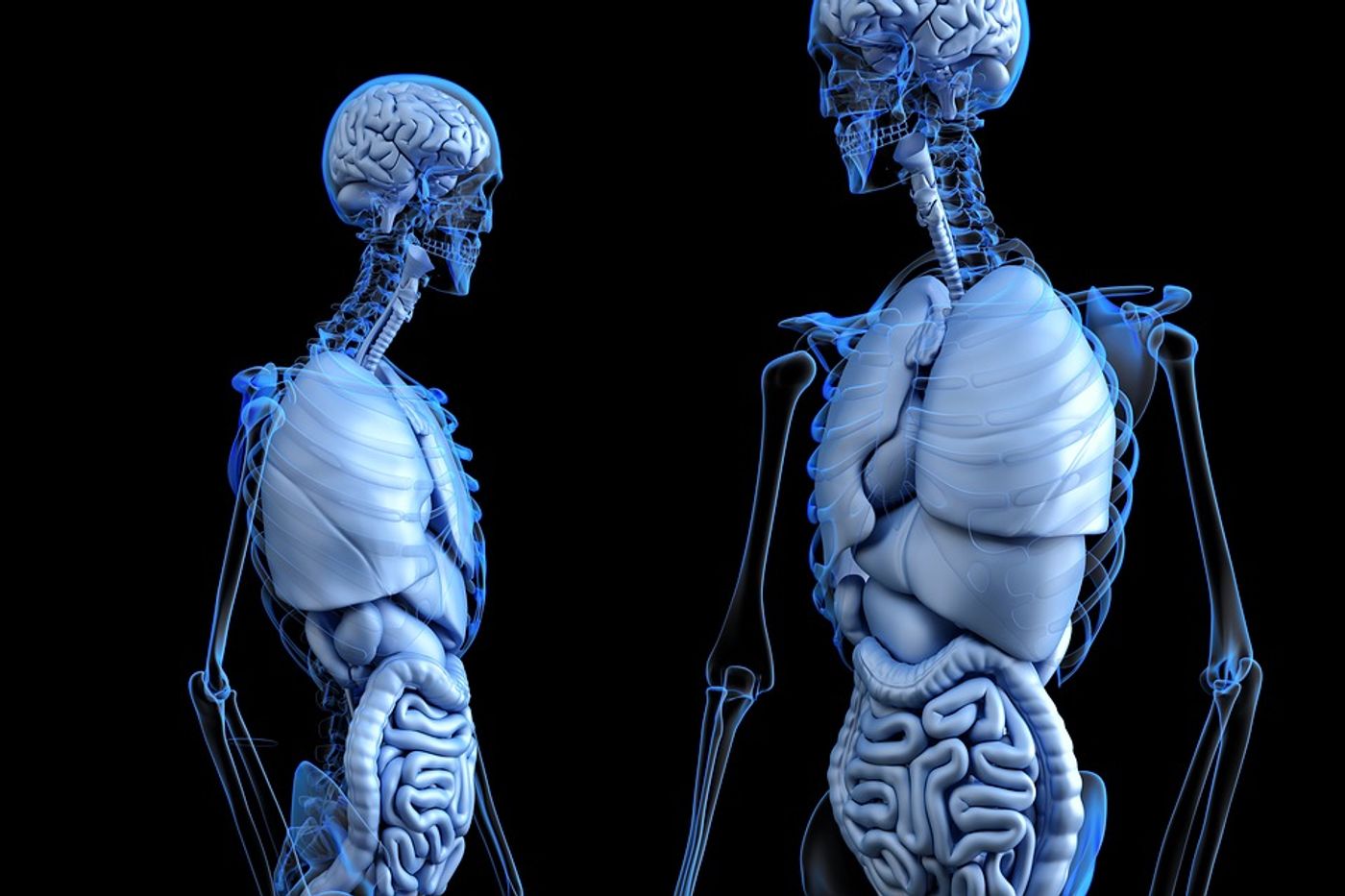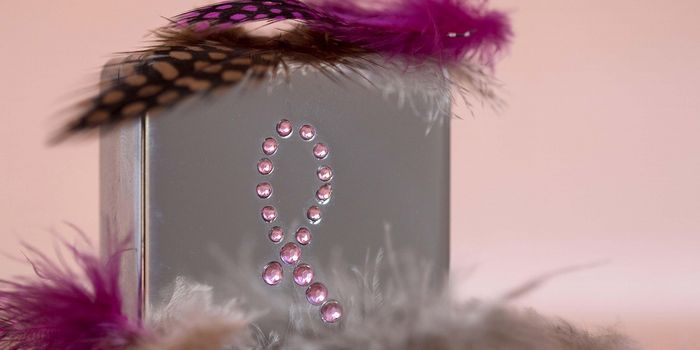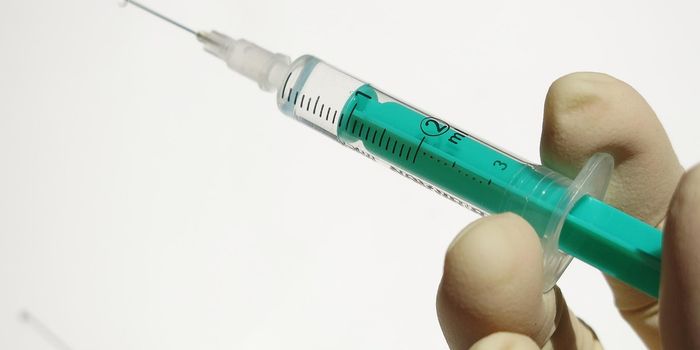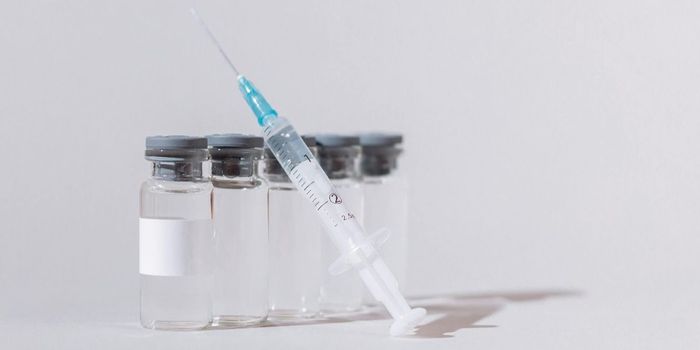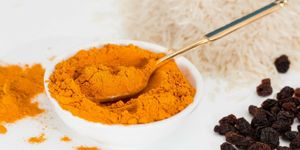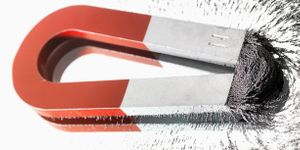Inside the War We Wage Against Crohn's Disease
There is a connection between autophagy, a process that keeps a cell clean of trash and debris, and Crohn’s disease. Scientists know because genes involved in regulating autophagy are often found to be mutated in the genomes of Crohn’s disease patients. However, the extent of scientific knowledge about the connection between Crohn’s and autophagy ends here. That is, it did until now.
Crohn’s disease is an inflammatory bowel disease that develops as a result of genetics, environmental factors, and an excessive immune response. Now, scientists from UT Southwestern Medical center have connected genes involved in this disease to a “backup” immune response that utilizes autophagy proteins to send antimicrobial reinforcements to the cell surface during a pathogenic attack.
“This is the first example of this alternative pathway being used in immune defense in any kind of animal," said Dr. Lora Hooper, research leader and Chair of Immunology at UT Southwestern Medical Center.
The backup immune response can provide extra help during a bacterial invasion, either by “bad” bacteria like those that cause food poisoning, or “good” bacteria that normally play a helpful role in the gastrointestinal (GI) tract but can cause an infection if they invade the wrong tissues.
"To keep helpful bacteria at a safe distance, cells lining the intestine produce antimicrobial proteins - tiny weapons on the cell surface that target and kill bacteria that are threatening to invade intestinal cells,” explained postdoctoral researcher Dr. Shai Bel.
The secondary pathway becomes vitally important when more dangerous bacteria become resistant to the first line of defense, the cell-surface antimicrobial proteins. This process is not a part of the classical autophagy pathway that primarily serves the purpose of breaking down and “recycling” components that the cell no longer needs, but this secondary pathway does borrow some machinery from the autophagy process.
To study the backup response in more detail, Hooper and her team experimented with mice genetically altered to have mutations similar to those observed in human patients with Crohn’s disease. Then, these mice – along with healthy, unaltered controls - were exposed to the foodborne pathogen Salmonella.
This experiment made clear that the mutated genes in the genetically altered mice were necessary for function of the backup response; this pathway failed to provide reinforcements to fight the Salmonella bacteria. But in healthy, unaltered mice, the backup pathway successfully provided a secondary response to the infection.
Hooper stresses that while the results from these mice studies are promising, future studies must be done with human cases of Crohn’s disease to get a more accurate picture of what goes wrong during this inflammatory condition. "Understanding of what is going on in Crohn's patients and the role of mutations in this backup defense system will take much more research," she said. "We believe this study provides a better understanding of what goes wrong in the intestinal lining in Crohn's patients. Time will tell."
The present study was published in the journal Science.
